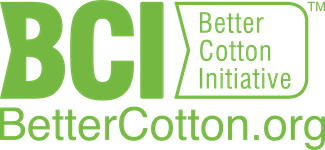Your Guide To Bed Sheets
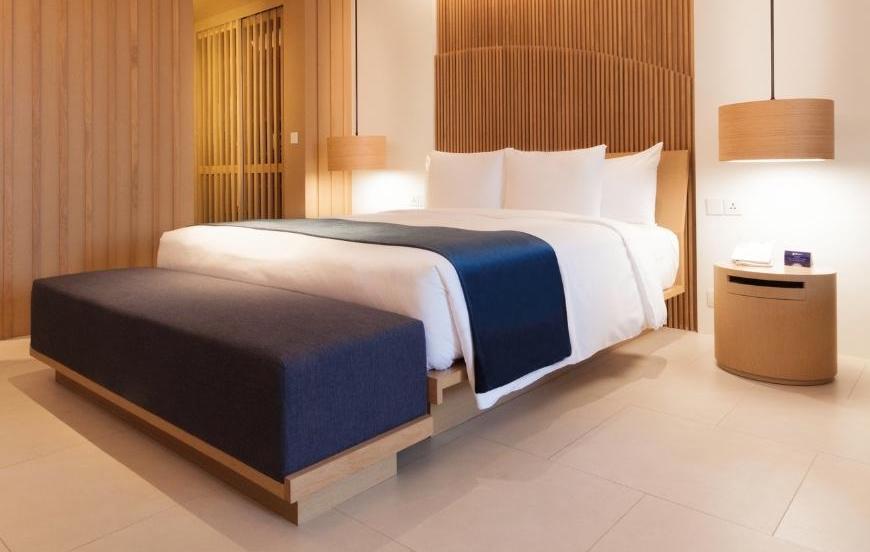
Every Resthome or hotel is unique in its own way & they all thrive to give an unforgettable staying experience!
Choosing a perfect bedsheet can be hard!
The Keyfactor is the fabric they are made from.
THE BEST BED SHEET MATERIALS

Bed sheets can be made from a variety of materials, both natural and manmade. And of course, each fabric gives an entirely different feel to your sleeping experience.
Cotton Rich
Cotton-rich differs from 100% cotton sheets in many important ways. It may have been blended with polyester (eg. 20%) which makes it more durable, resistant to tearing and less wrinkling, and provides other benefits. Explore our 80/20 Cotton-rich sheet range.
Poly Cotton
Polyester and cotton blends are widely used in the bedding and are also found in abundance at retail outlets. A comfortable, easy-care sheeting option that is soft and remarkably durable. This fabric also acts as the perfect solution for trans-seasonal bedding at an affordable price. BLS offers a Poly Cotton blended sheet range.
Supercale
Supercale uses a percale weave, which maximizes the number of intersecting yarns and keeps them from bending or stretching. Described as crisp or starchy, supercale sheets ventilate better by the reducing contact points between you and your sheets. We offer Supercale sheet range.
Flannelette
Measured by weight, rather than thread count. Flannelette fabric is a soft, raised fabric, which offers a wonderfully cosy feel. This fabric offers the perfect solution to those chilly winter nights. Our range includes all sizes, making them a perfect option for kids too! See our Flannelette Cotton Sheet.
TYPES OF WEAVES
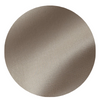
Cotton Sateen
Sateen bedding is strong, soft to the touch, has a lovely sheen and drapes beautifully. Because cotton sateen fabric is thicker than regular cotton, sateen bed sheets are also wrinkle-resistant.

Percale Weave
Percale bedding wins over sleepers because of its crispness, breathability, smoothness, and durability. Percale sheets can be washed numerous times, without the fear of spoiling the fabric—instead it only feels softer with every wash.
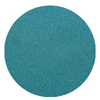
Flannel
Still made of cotton, a flannel weave can come in varying thicknesses; the thicker the weave, the more warm your bed!
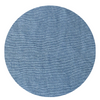
Knitted Cotton
This sheet gives advanced temperature regulation performance. The fabric transformed from being a moisture barrier to a moisture conduit. Elastic all around to protect the fitted sheets stay on the mattress tightly. See our Knit sheet range.
A SIMPLE GUIDE TO THREAD COUNT

Whenever you shop for bed sheets, you’ll come across a thread count. This signifies the number of threads woven into each square inch of material, with higher counts creating softer sheets or sheets that will soften over time.
Thread counts range anywhere from 80 to 1000, with most sheets sitting between 250 and 400. In general, thread counts of 400 or above will provide durability and that luxury feel at an affordable price.
You might also want to check the ply of the fabric used in the sheets. The ply describes how many threads are wrapped together into one single thread. You can get either single-ply or double-ply fabrics that can affect the softness of the sheets.
For example, an 400 thread count sheet with only 200 double-ply threads will have a different feel to a 400 thread count sheet with 400 single-ply threads.
COMPARING THREAD COUNTS
.jpeg) A higher thread count has more threads per square inch. |
.jpeg) A lower thread count has less threads per square inch. |
.jpeg) 140 + 120 = 260 Thread Count |
YOUR BED SHEETS CARE GUIDE

Washing your bed sheets all depends on the type of fabric your sheets are made of. While cotton is easy to machine wash, bamboo and silk need special care. Be sure to always check your care instructions label before you begin!
HOW TO WASH YOUR BED SHEETS
It’s good to wash your sheets once weekly to avoid a buildup of dirt and to prevent mites from making a home in your bed!
When you’re washing your bed sheets, make them the only item in your washing machine - no towels or other clothes should be in the machine. The sheets will have more room to circulate in the water and will be cleaner. You’ll also avoid pilling and any other damage from zips or fasteners.
STEP 1: Pretreat any stains before putting your sheets in the washing machine.
STEP 2: Roll your sheets into balls if your washing machine has a central agitator - that way they won’t twist around the agitator and risk damage.
STEP 3: Select a gentle wash cycle with cool or lukewarm water. Remove the sheets immediately after the cycle is finished to prevent wrinkles from forming. Shake out the sheets.
STEP 4: It’s better to line dry the sheets in the shade. If you dry in a dryer, use a low heat setting. Again, remove as soon as the cycle is complete.
HOW TO WHITEN YOUR BED SHEETS
Bleach isn’t good for bed sheets as it can damage the fabrics. Instead, add a quarter cup of lemon juice to the water.
Another option is to add half a cup of baking soda at the beginning of the cycle and then half a cup of white vinegar at the start of the rinse cycle. Both of these ingredients also act as fabric softeners.
You’ll increase your chances of the perfect white bed sheets if you hang your sheets to dry in the sun - the perfect natural bleach!
HOW TO KNOW WHEN TO BUY NEW SHEETS

Similar to your other bedding, the best way to know when to buy new sheets is to look out for indicators of wear and tear. Things to keep an eye out for include:
- Holes
- Tears
- Colour fading
- Thinning
How long it takes for these issues to arise will depend on how often you change your sheets, how often you clean your sheets, and whether you rotate your sheets.
In saying that, it’s often recommended that you replace old sheets and buy new ones every two or three years.
CONSIDERATIONS WHEN DECIDING ON THE BEST SHEETS

Now that you better understand the different sheet types, it’s time to determine which one best suits your sleeping style. There are many reasons you may decide to choose one fabric or sheet brand over another. Here are some of the main considerations.
Thread count and GSM
Although thread count and GSM are two separate measurements for sheets, the two will often indicate similar things. Thread count is the total number of threads per square inch of material, whereas GMS is an acronym for grams per square meter. It’s often said that the higher the thread count, the better the quality of the sheet. Similarly, a sheet set is often seen as higher quality if it has a high GSM.
Yes, both of these measurements can indicate durability and how warm a sheet set may be, but it’s also important not to compare apples to oranges. Certain styles of sheets will have different ranges of thread counts and GSM depending on the material they’re made from.
The seasons
Sure, some people prefer to switch out their sheets for the seasons, but if you choose the right kind of sheet set, you can stick with it all year round. Whether you’re going for fitted sheets or non-fitted bedsheets, it can be good to know which side of the fence you’re on before you begin looking.
If you want to buy suitable sheets all year round, read our helpful guide that explores trans-seasonal layering.
Any allergies
If you know you have allergies due to dust mites, for example, it's essential to take the time to research which hypoallergenic sheets are best for you. Each allergy is different, so it can be helpful to understand your specific allergy to see if there are any suggestions for sheet sets. More often than not, you’ll want to choose a synthetic sheet, like microfibre or polyester.
Certification
When considering the impact of a duvet on the environment, you’ll want to look out for GOT certifications or BCI certifications. GOT stands for Global Organic Textile Standard, whereas BCI stands for Better Cotton Initiative.
GOTs certification
To get a GOT certification, sheets must be made with at least 95% organic fibres. Unless it’s made from between 70% and 95% organic fibres, the GOTs label will read ‘GOTS made with X%’.
 copy.jpg)
BCI certification
BCI is a global not-for-profit organisation, based in Geneva and London, that seeks to make the cotton industry more sustainable. BCI says its aim is to make global cotton production better for the people who produce it, better for the environment it grows in, and better for the future of the cotton industry.
